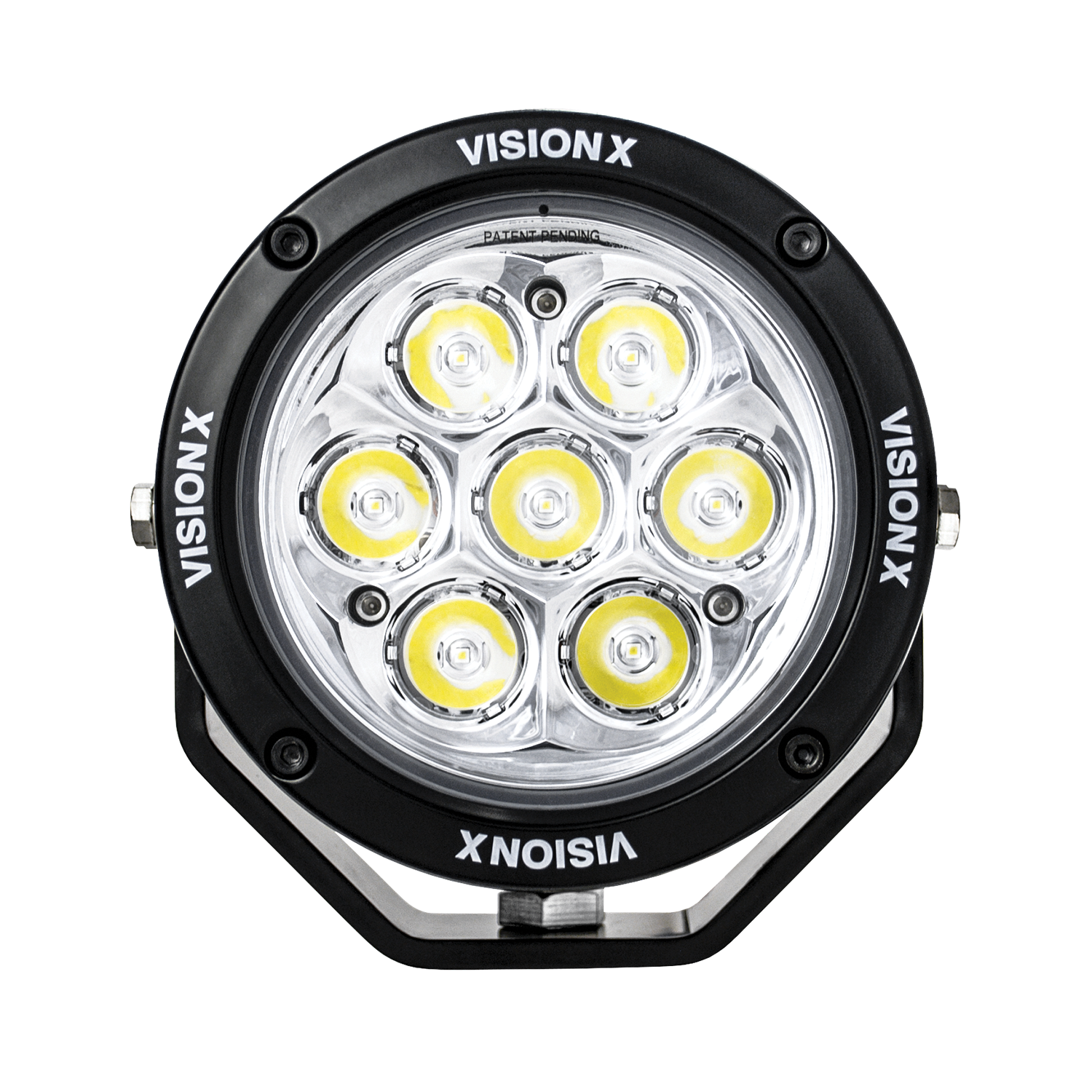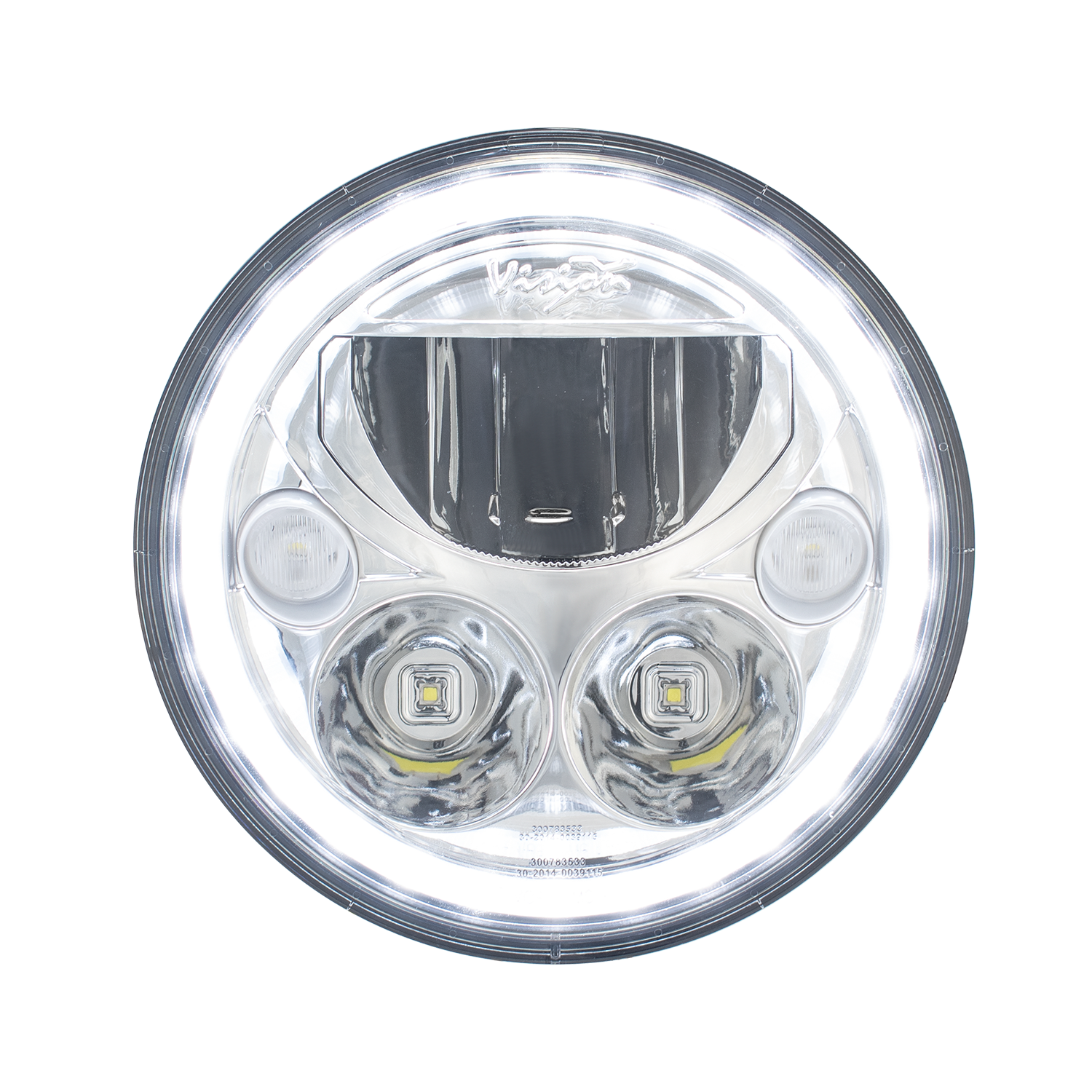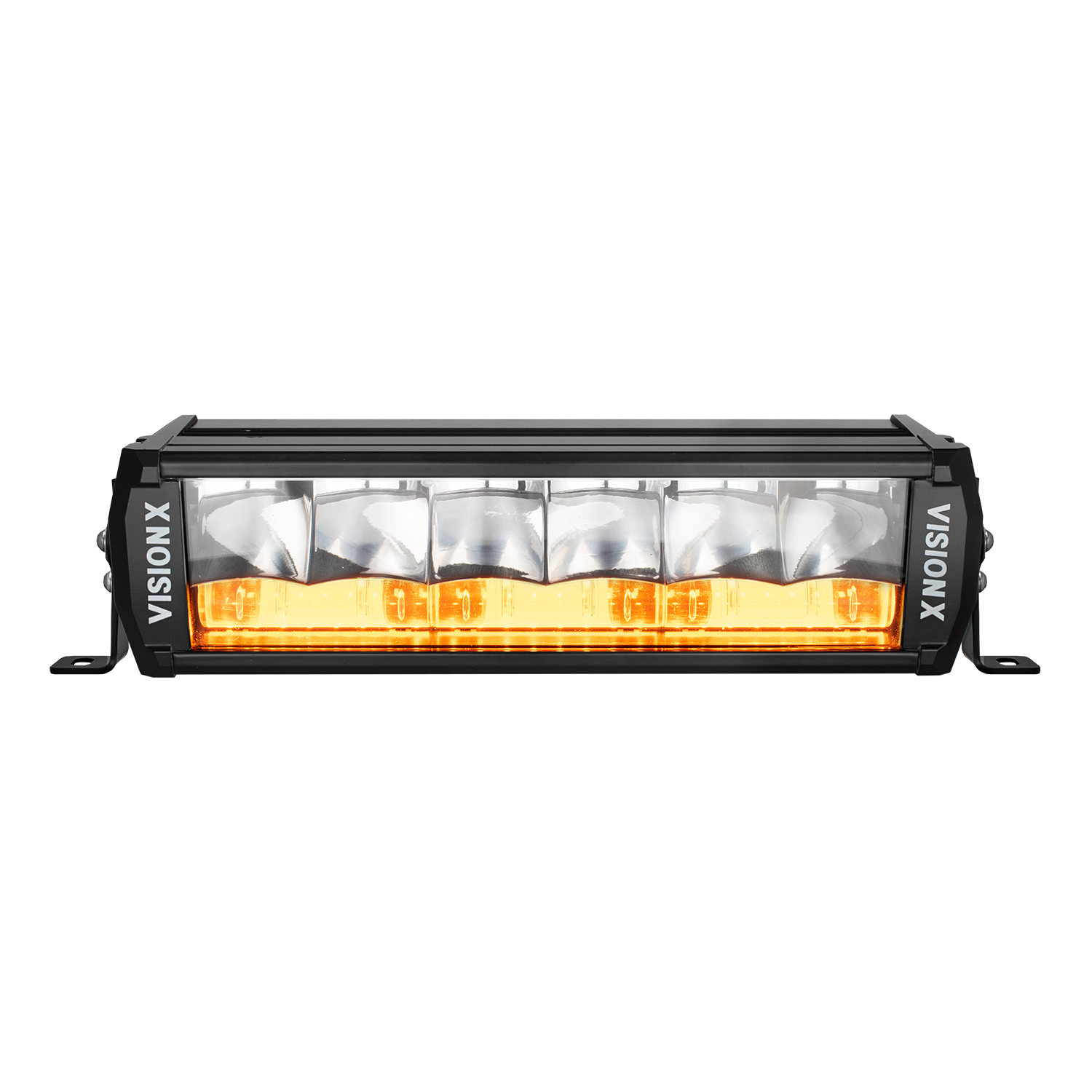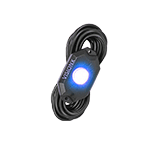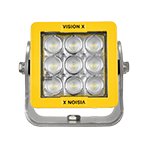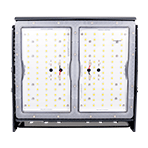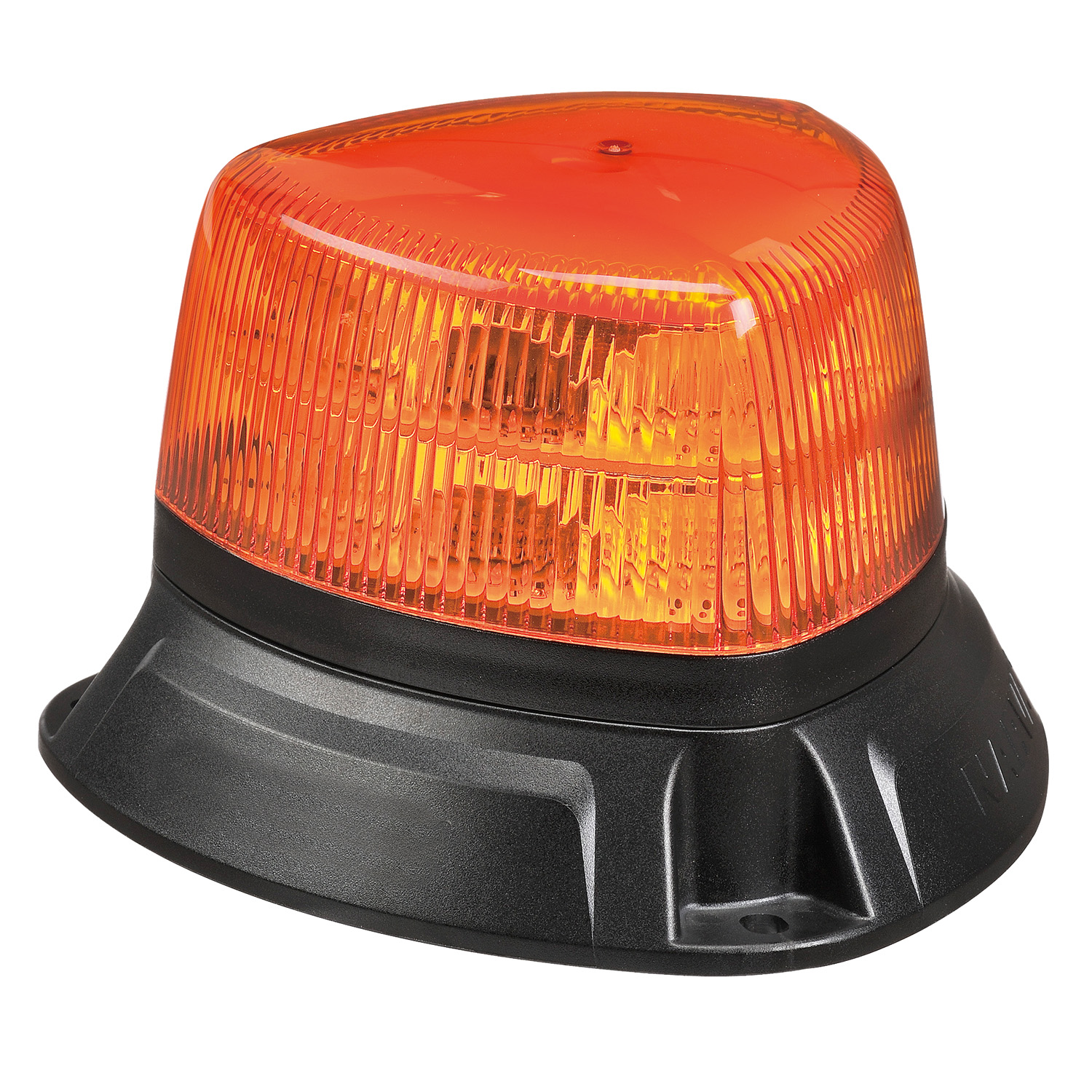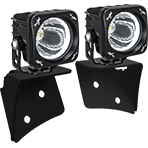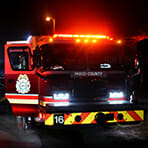Beam Patterns Explained
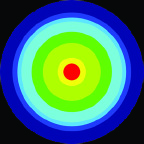  |
10°/20° Narrow BeamThe spot beam pattern is used primarily as a driving light. the narrow beam creates a focal point accompanied by a “halo effect” which adds peripheral lighting. Best for high speed travel requiring distance. |
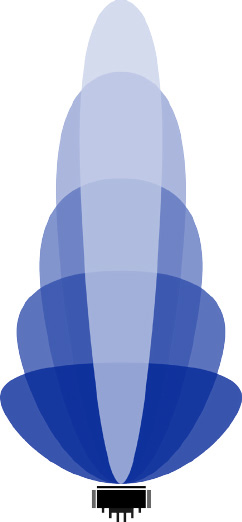  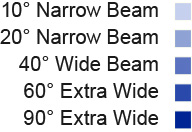  |
|
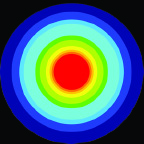  |
40° Wide BeamThe wide beam pattern is the intermediate beam well suited as a multi-purpose light. This beam pattern is recommended as a driving beam at lower speeds when you need more peripheral lighting |
||
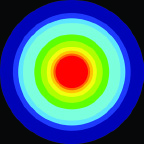  |
60°/90° Extra Wide BeamThe extra wide beam pattern is typically used as a backup and area lighting and for slow-speed applications. Please note that 60°/90° beam is not listed on each product page, but is available in most products |
||
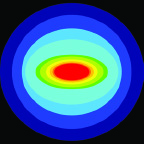  |
30°/65° Elliptical BeamThe elliptical beam is a specialty beam pattern that is designed for driving with oncoming traffic. The beam itself is 30° talt and 65° wide, good for all speeds. Ideal for use in fog or heavy particulate conditions |
Lighting Terms Explained
LumenLumens measure the overall output of a light source. Raw Lumens account for the rated output of the LED from the Source. By contrast the Effective Lumens rating accounts for the thermal optical and electrical losses with reduce the total output. |
LuxLux measures the amount of light per square meter. Unlike the lumens, which measures light at the source, lux is the measure at a specified distance. This helps to better determine whether the effective lumens are lighting up the environment with the required light. |
Measuring LuxOn Vision X lux charts, the diffrent colors within a light’s beam on the lux chart correlates to a diffrent lux level at that distance from the source, according to the colors showing below |
Lux Chart |
||

 Automotive Offroad Lighting
Automotive Offroad Lighting




